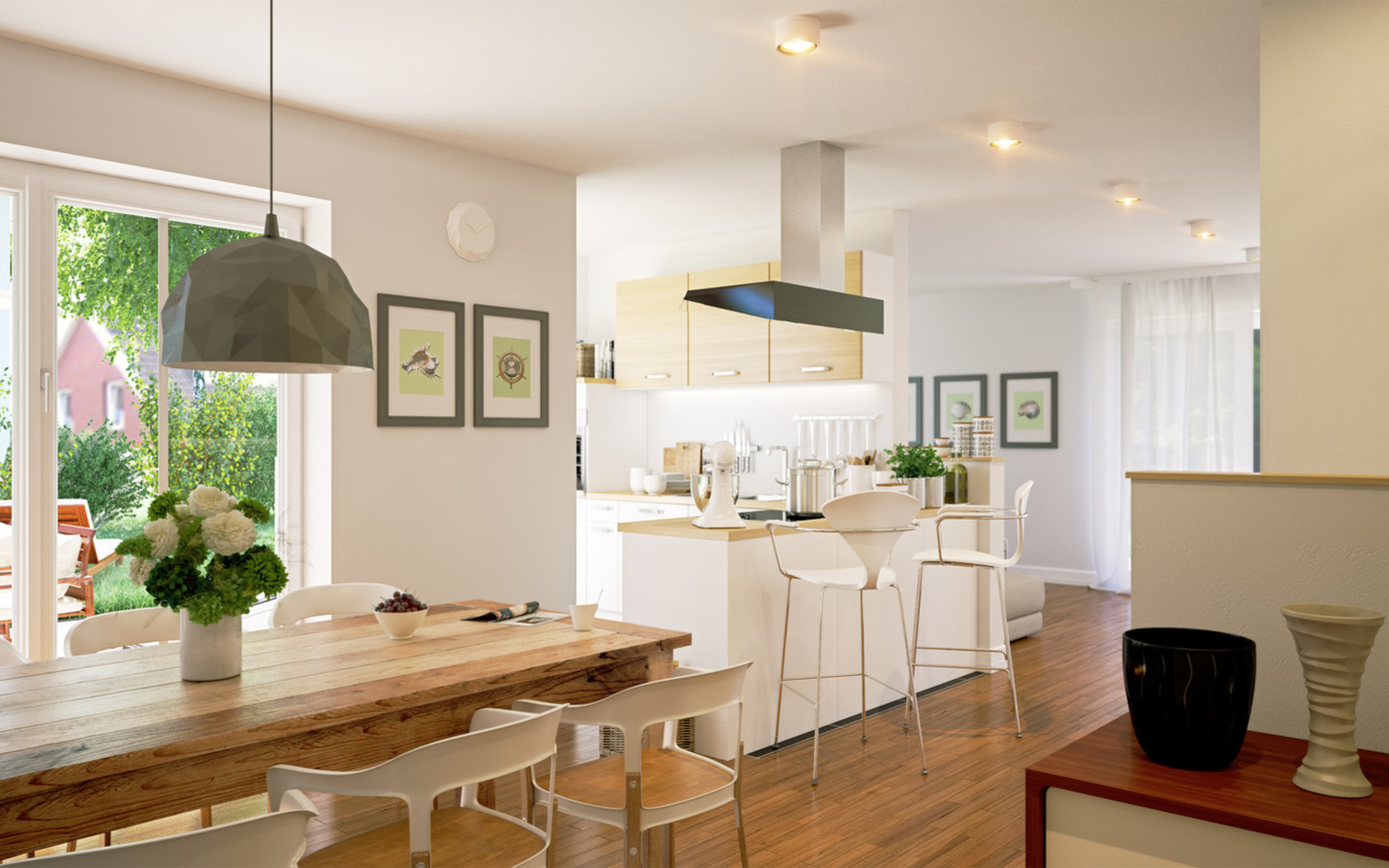How to allergy-proof your home
Are your eyes watering? Have you been sneezing more frequently than before? You are not the only one, as allergic rhinitis is becoming a growing concern in the UAE. Although medications can help alleviate your allergy symptoms, a much better way to solve this issue is to allergy-proof your home. When you remove the allergens from your living environment, you essentially nip it in the bud. Therefore, today MyBayut will give you effective tips to allergy-proof your home in Dubai right in time for the approaching summer season.
10 Steps to Allergy-proof your home in Dubai
Step 1: Establish what actually triggers your allergy
This is very important. A lot of people follow an erroneous path to tackling issues like allergies. For instance, if cat hair is what throws you off, keeping your windows closed won’t help. The reason is that dust isn’t the specific allergen that triggers your immune system to overreact. You should consider visiting an allergist to establish which allergens worsen your symptoms. The doctor conducts a couple of tests in which you are exposed to suspected allergens to observe your body’s reaction.

Step 2: Declutter
A very important measure to allergy-proof your home includes cleaning. Decluttering is the first step in cleaning. Make a list of things you have that you haven’t used in the last 1 to 3 years. Get rid of those. You can check out Japanese lifestyle celebrity Marie Kondo’s tips to declutter. It’s very important to regularly clean your living space, because the more items you have, the higher the chances are of allergens sticking around in your house. Also, allergies are not the only reason you should declutter and organise. Constant exposure to cluttered environments increases anxiety and stress.

Step 3: Minimise dust-gathering furniture in your Dubai home
Most allergens end up being trapped onto or inside furniture. This mostly includes upholstered furniture, which traps mites and cat dander. Therefore, we recommend you use easily cleanable furniture such as vinyl, leather, plastic, or wood. Wipe clean your furniture with a damp clean cloth every third day if you are living in an area with a lot of exposure to dust and construction. This won’t be as daunting a task as it sounds if you keep your furniture to the bare minimum. Also, if you are living with any pet(s), keep them away from upholstered furniture!

Step 4: Regularly clean and replace air filters
This goes without saying. When you keep any device, you must also learn how to maintain it. Part of owning air conditioners, air purifiers and room air filters is the upkeep that comes along with them. Since the filters in these devices trap all the bacteria and dust in the air you breathe, they become clogged with use. If you overlook that part, you would probably be breathing the same dust without even realising it. Most devices have manuals that come along with them, telling you how often you should clean or replace air filters.

Step 5: Regularly Vacuum
People who are allergic to dust prefer vacuuming over conventional duster cleaning. Vacuuming also helps you to get to that nasty nook and cranny you would otherwise find it cumbersome to clean. Another advantage of vacuuming is that it lets you clean upholstered furniture, which is hard to do otherwise. Depending on how often dust gathers in your living space, you must vacuum your space every 2 to 3 days. In Dubai, since sand storms are common during transition months, you may have to do this more frequently too.

If possible, get a vacuum cleaner having a HEPA (high-efficiency particulate air) filter in it. This is a mechanical layer that forces air through a very thin mesh which traps toxic particles including tobacco smoke, dust mites, pet dander and pollen. Albeit a costly solution, it significantly provides relief to your nasty allergy.
Step 6: Ditch the blinds in favour of washable curtains
For those living in a dusty and humid area, blinds can be a total deal-breaker, especially compared to washable curtains. Blinds, in comparison, gather more dust, and you cannot machine-wash them either. We recommend you to rather keep lightweight machine-washable curtains as they are easier on the upkeep. Even if you are not able to wash them very often, vacuum your curtain every week to keep the allergens from gathering in them.

Step 7: Get rid of carpets and use flooring which is easy to clean
This is essential. Ditch your carpets for better flooring alternatives like linoleum, tile or hardwood. Since carpets are made of permeable materials, dust gets trapped in it. All the pollen and dust that settles in the carpet gets re-released in the air when you walk on it! If you want to switch to eco-friendly options, you can consider bamboo or cork flooring.

If anything spills on your floor by accident, clean it immediately. Make it a habit to leave shoes outside when you enter your house. Additionally, keep mats both inside and outside every door to ensure increased dirt filtration. Ensure that you clean these mats regularly too. If it is difficult to replace carpets entirely, make sure you vacuum them every week.
Step 8: Consider purchasing a room air filter
While this might be another costly solution, it certainly helps keep allergens at bay. If you are buying one, keep in mind that air filters cannot trap the dust or pollen settled in carpets. However, if airborne allergens such as pollen are your primary triggers, then they might be helpful. Note that some people who have allergies react badly to air filters which produce ozone gas, so avoid those. Air filters are an effective solution towards maintaining an allergy-proof home.

Step 9: Consider purchasing a hygrometer
If mould is what sets off your allergic reaction, you should consider purchasing a hygrometer. This device monitors the humidity level where it is installed. High humidity means high moisture, which is akin to a breeding ground for mould! Use this device to measure the humidity level in each room of your house. If the humidity levels in your living space are over 60%, you must purchase a dehumidifier.

Step 10: Check every room of the house to ensure thoroughness
Make sure you thoroughly clean every room in your home. This step is essential in building an allergy-free home. Use washable cushions in your living room. As for the kitchen, keep cockroaches at bay and don’t leave the dishes overnight. Keep the fan on when cooking to prevent humidity from rising and thereby inviting mould. Regularly clean your bedding and children’s toys too.

That’s it for MyBayut’s tips on how to allergy-proof your home. For more ideas on how to create the perfect living space, check out the My Home section of the best property blog in Dubai.









